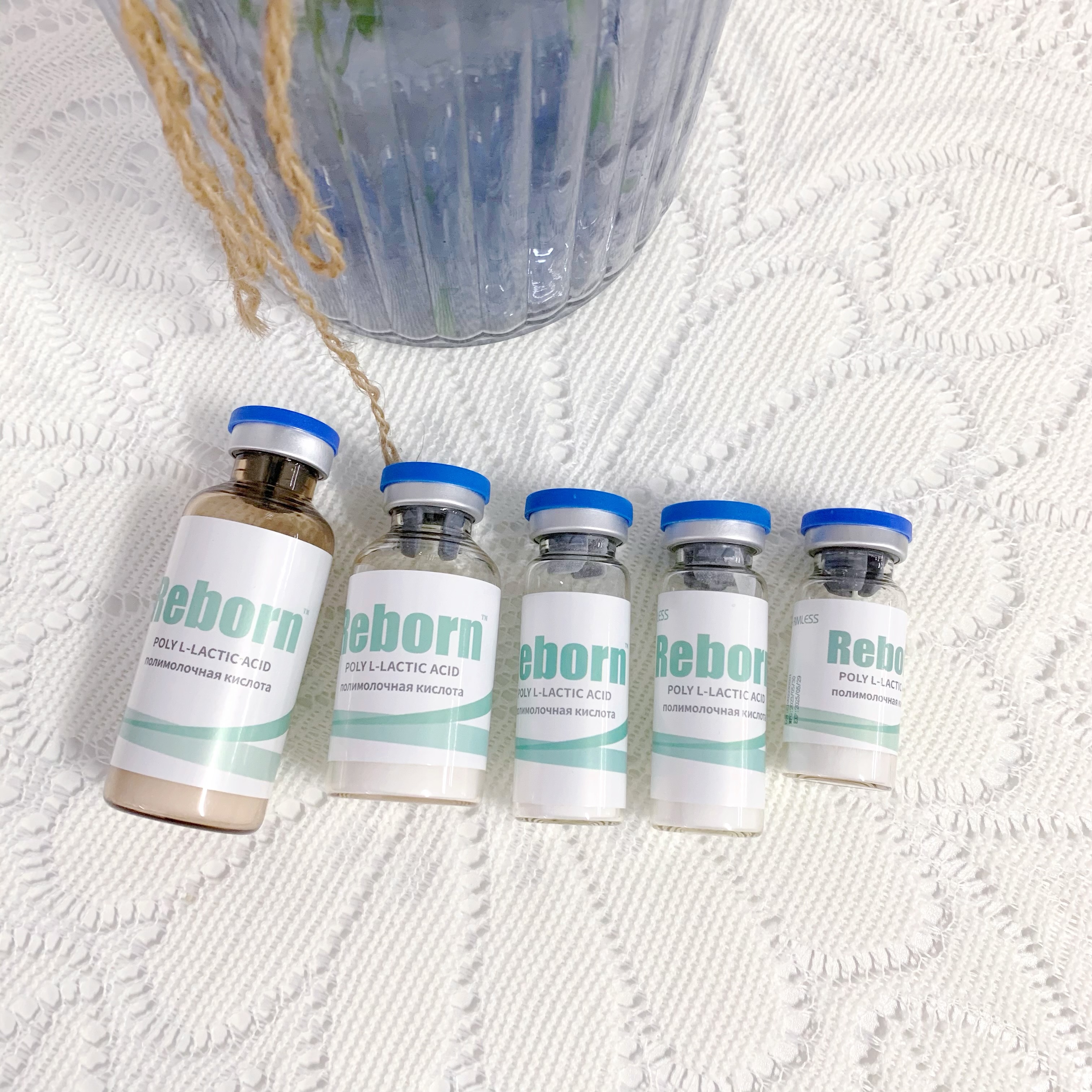1. Use environmentally friendly ink
In the printing industry, ink is indispensable and used in large amounts, but it is also the most serious harm to human health and the environment. The first is the volatile organic VOC. The volatilization of the ink solvent will cause serious greenhouse effect, form photochemical smog, and also damage the human nervous system; followed by the heavy metals such as pliers, chromium, and mercury in ink pigments, if they contain these heavy metals. The use of ink for food packaging or printing in close contact with the human body can have disastrous consequences. In order to reduce the damage of the ink to the environment, it is necessary to use a new non-polluting ink.
(1) UV curable inks: UV curable inks refer to the use of different wavelengths of ultraviolet radiation to change the ink from a liquid state to a solid state, and to form and dry. Since this ink does not contain any volatile solvents, there is no VOC or other. Harmful emissions, pollution is almost zero, is a truly environmentally friendly ink. It also has the advantages of good luster, bright color and fast drying speed. It is an ideal ink. At present, UV ink technology has become more mature, but when using it, it should pay attention to prevent UV damage to the operator and avoid the generation of ozone. It is possible to solve these problems by providing operators with UV protection work clothes and rubber gloves, and constantly blowing air around the UV lamps.
(2) Water-based ink: This type of ink uses water and ethanol as solvents, has a very low VOC emission, is less polluting to the environment, and does not harm human health. It is the only ink approved by the US Food and Drug Association for all printing inks. In the United States, 95% of flexo products are printed using water-based inks. In addition, it also has the characteristics of non-flammable, colorful, non-corrosive plate, good adhesion, strong water resistance and so on. It should be noted that water-based bleeds are generally alkaline. Therefore, the waste water from cleaning ink tanks, ink rollers, plates, etc., must be precipitated before they are discharged by adding acidic substances. Otherwise, water pollution may occur.
(3) Water-based UV ink: Since the diluent of the currently used UV ink is toxic and irritating to the skin, it is necessary to improve the thinner. Water-based Uv ink is born under this background, it uses ethanol and water as diluents. This ink has the good environmental characteristics of the above two inks.
(4) New environmentally-friendly inks: For example, vegetable oil inks, soybean oil is currently the most used. According to the American Soybean Oil Association Standard, the soybean oil content of sheet-fed offset printing ink is more than 20%, and the soybean oil content of rotary offset ink is more than 7%. Japan's Osaka Printing Ink Company has also recently introduced a new type of environmentally friendly ink, which is a sheet-fed offset printing ink based on 100% vegetable oil ink based on soybean oil, which meets environmental requirements.
2. Environmental protection options for coating
The coating can make the appearance of prints look more beautiful, but also increases the strength of the print and has a good protection, but has an impact on the environment, aqueous (AQ) coating releases less VOC than petrochemical coatings, So it is a better choice for environmental protection. Waterborne gloss prints can be recycled and reused without solvent cleaning. UV coating uses ultraviolet (UV) light to cure liquid formulations during printing. Although this type of UV lamp consumes a lot of energy, this process does not release VOCs or solvents into the air. No matter which kind of protective glazing film is used, there is a good way to do this - we can minimize the coating area, such as only coating the dense area of ​​the ink, without full coverage of the entire sheet. The new aqueous coatings and UV coatings contain no solvents and can be used in a wide range of applications. Especially in the field of packaging and printing, waterborne varnish has been widely used in the packaging of products such as cigarette labels, wine labels, and food packaging bags because it does not cause harm to human body.
Skin rejuvenation is a nonsurgical procedure that can help you look as vibrant as you feel, and it doesn't require the time and risks associated with traditional cosmetic surgery.
Skin Rejuvenation Treatments are one of the best ways to invest in the health of your skin. Treatments provide both prevention against the factors affecting aging as well as treatment for fine lines, wrinkles, pigment, redness, volume loss, and laxity.
Poly-l-lactic acid(PLLA) can stimulate the regeneration of autologous collagen to get natural effect.
Reborn PLLA Filler is a best way for Skin Rejuvenation Treatments. We have Reborn PLLA Dermal Filler and Reborn PLLA Hydrogel.
Reborn plla dermal filler motivate the body to create its own natural collagen and restore your face to a more natural, youthful appearance. It is manly for volumes and deep wrinkles.
5 contents: 150mg/vial,240mg/vial,360mg/vial,500mg/vial,800mg/vial.
Reborn plla hydrogel filler is for fine wrinkles and facial texture improvement.
1 Content: 5ml/vial

Skin Rejuvenation Treatment,Neck Filler,Dermal Fillers Injection Techniques,Dermal Fillers for Hyaluron Pen,Non Surgical Filler for Skin Rejuvenation
Rimless Industry Co.,Ltd. , https://www.rimlessmedbeauty.com